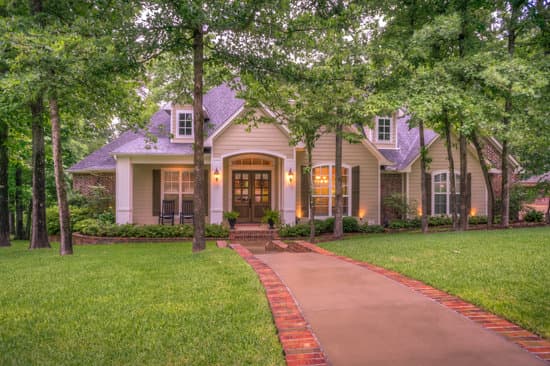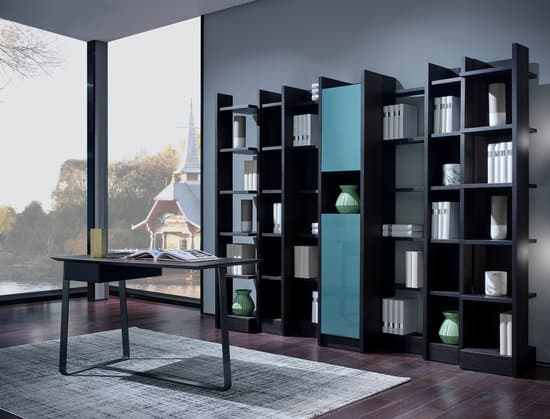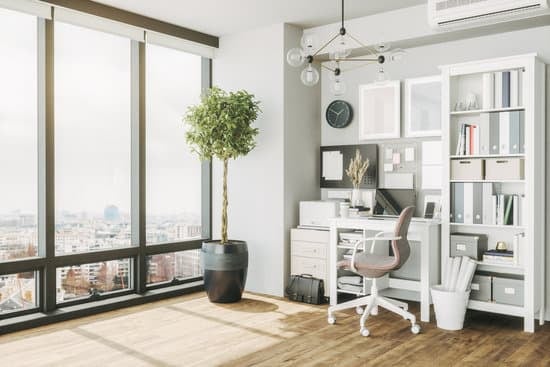The Elegance of Regency Interior Design
Regency is an interior style originating from the early 19th century in England during the time of King George IV’s regency. The Regency style is characterized by its dark, heavy wood furniture, brass inlays, column-shaped legs, and extravagant ornaments. The style exhibits a sense of luxury and sophistication that has made it a popular choice in interior design to this day. Let’s dive into some key characteristics of Regency interior design.The Woodwork of Regency Style
One of the primary materials used in Regency furniture is dark, heavy wood, such as mahogany, rosewood and zebrawood. This type of wood was often used for large pieces of furniture, such as bookcases, chests and tables, due to its durability and long-lasting quality. The wood would be highly polished to achieve a glossy finish, which made the furniture stand out and look elegant.The Role of Brass in Regency Interiors
Brass was used extensively in Regency interior design, particularly in inlays and accents. The contrast between the dark wood and shiny brass created a stunning visual effect. In addition, gold-plated metal accents or mounts were used extensively in the decor to complement the brass, adding an extra layer of luxury and lavishness to the furniture. Key Point: Brass is a staple of Regency interior design, adding a touch of luxury and sophistication to any space.Leg Shapes in Regency Furniture
Regency furniture often features unique leg shapes, such as column-shaped, concave-shaped, and X-shaped legs. The column-shaped legs, in particular, were popular due to their elegant and grandiose appearance. The concave-shaped legs were more commonly used on chairs, while the X-shaped legs were common on dining tables. Key Point: The unique leg shapes are signature characteristics of Regency furniture, adding a sense of grandeur and class.Ornamentation in Regency Interior Design
Regency furniture is decorated with a variety of ornaments, including intricate carvings, inlays, and moldings. The ornamental details were often inspired by classical Greek and Roman designs, resulting in clean, simple lines that looked timeless and elegant. The lavish use of decorative ornaments was a reflection of the opulence and extravagance of the era. Bullet points:- Intricate carvings
- Inlays
- Moldings




















